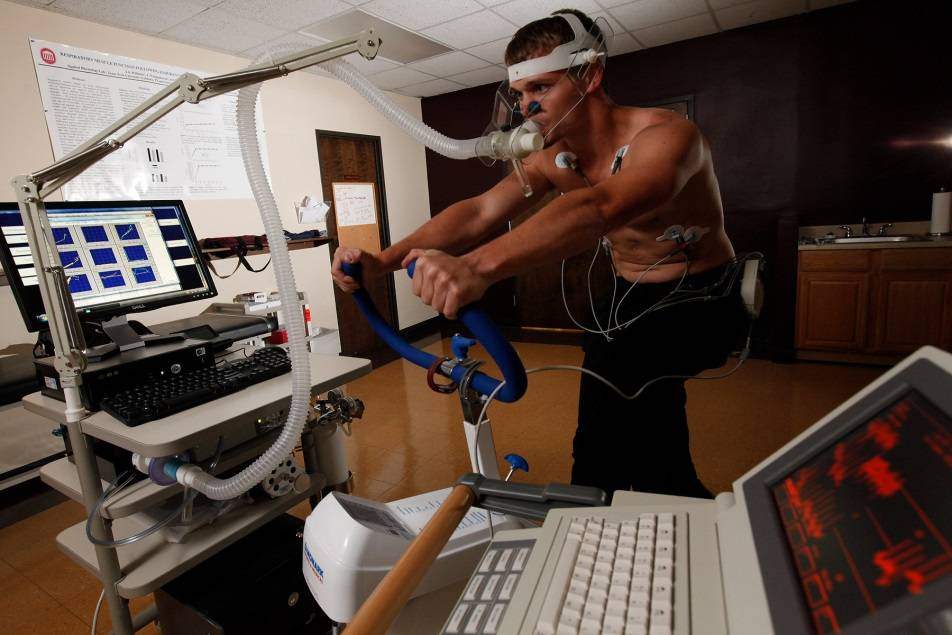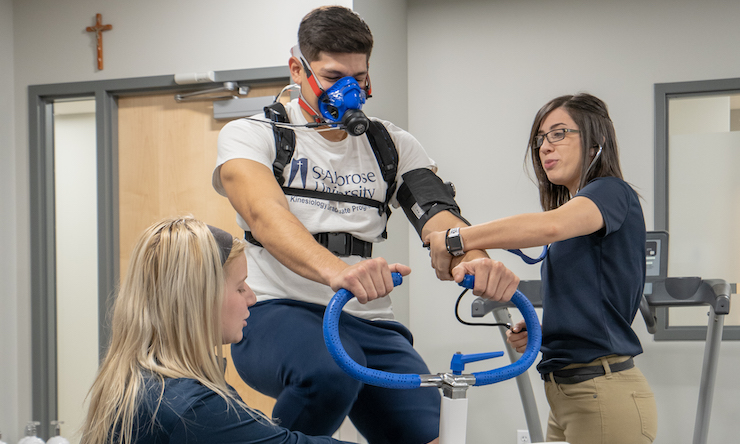How Exercise Physiologist - American College of Sports Medicine can Save You Time, Stress, and Money.

The 6-Second Trick For Bachelor of Science in Exercise Physiology Degree - Valdosta
Hill and German physician Otto Meyerhof shared the 1922 Nobel Reward in Physiology or Medication for their independent work connected to muscle basal metabolism. Structure on this work, researchers began determining oxygen consumption during workout. Notable contributions were made by Henry Taylor at the University of Minnesota, Scandinavian researchers Per-Olof strand and Bengt Saltin in the 1950s and 60s, the Harvard Tiredness Lab, German universities, and the Copenhagen Muscle Research Centre amongst others.

Exercise Physiology - Ave Maria University
Accredited Workout Physiologists (AEP's) are university-trained professionals who recommend exercise-based interventions to deal with various conditions using dose action prescriptions specific to each individual. Energy expense [edit] Human beings have a high capability to use up energy for lots of hours during sustained exertion. For example, one specific biking at a speed of 26. 4 km/h (16.

Kinesiology with Clinical Exercise Physiology Concentration - Health & Kinesiology - Purdue University
5 W. Skeletal muscle burns 90 mg (0. 5 mmol) of glucose each minute throughout continuous activity (such as when repetitively extending the human knee), creating 24 W of power, and since muscle energy conversion is just 2226% efficient, 76 W of heat. Resting Key Reference has a basal metabolic rate (resting energy usage) of 0.

For short duration muscular exertion, energy expense can be far greater: an adult human male when jumping up from a squat can mechanically generate 314 W/kg. Such fast movement can produce two times this amount in nonhuman animals such as bonobos, and in some small lizards. This energy expense is extremely big compared to the basal resting metabolic rate of the adult body.
Exercise Science and Exercise Physiology - Kent State Fundamentals Explained
Overall energy expenditure (TEE) due to muscular used up energy is much greater and depends upon the typical level of manual labor and exercise done during a day. Therefore exercise, particularly if sustained for extremely long durations, dominates the energy metabolism of the body. Physical activity energy expenditure associates highly with the gender, age, weight, heart rate, and VO2 max of a private, throughout exercise.
The quick energy sources consist of the phosphocreatine (PCr) system, fast glycolysis, and adenylate kinase. All of these systems re-synthesize adenosine triphosphate (ATP), which is the universal energy source in all cells. The most quick source, however the most easily diminished of the above sources is the PCr system which makes use of the enzyme creatine kinase.
